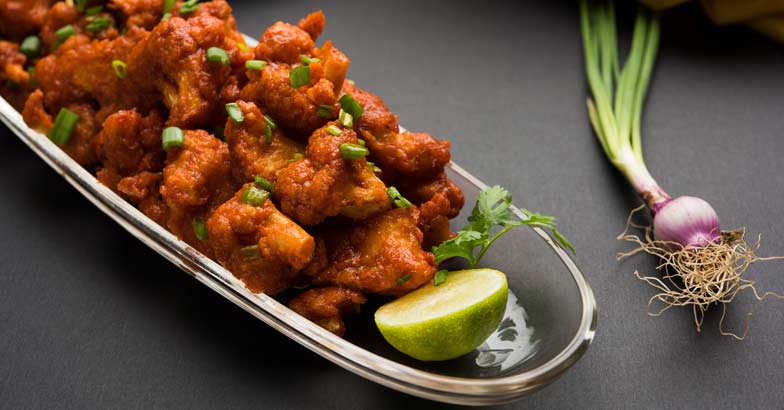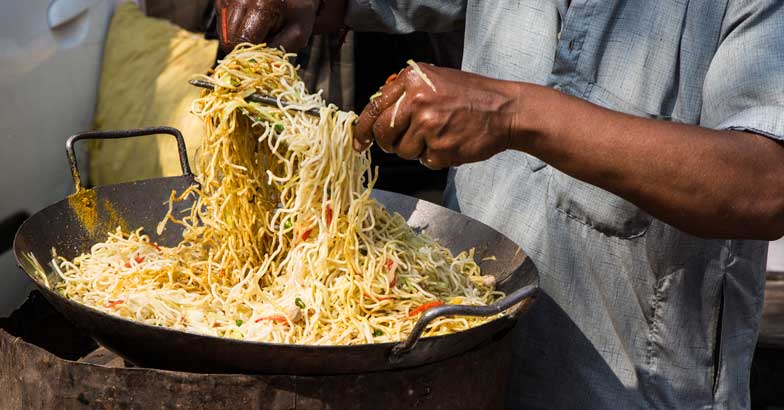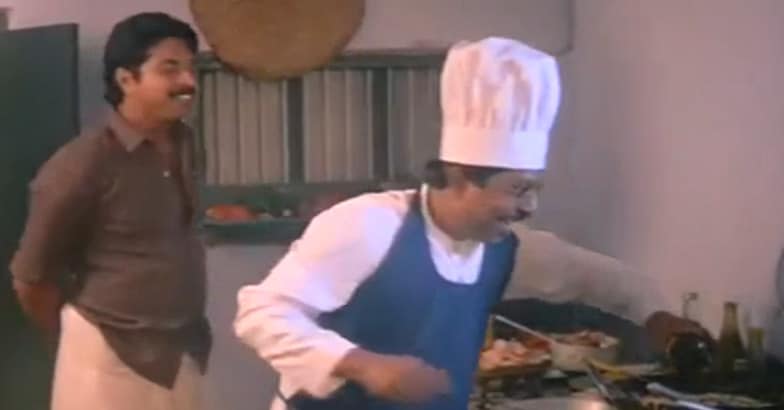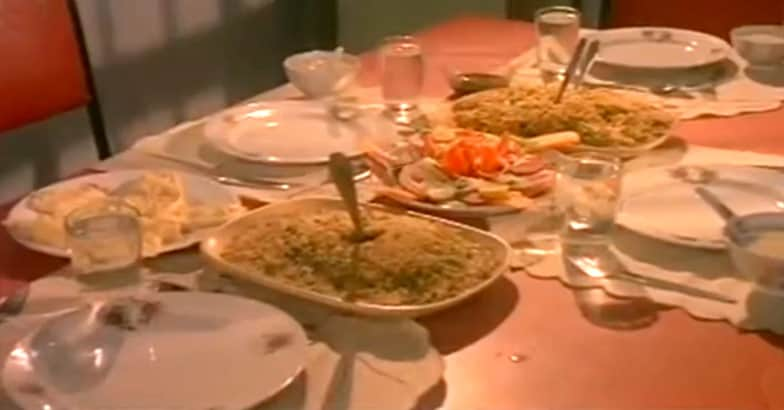How Kerala got hooked to Chinese cuisine

Mail This Article
If you are from China, chances are very rare that you might identify the dishes listed under the Chinese section of menus in Indian restaurants. The “Chinese” food that is being served in India is way different from the real chini cuisine. Indian's gave it quite a makeover to suit their palette, starting a new cuisine called Indo-Chinese.
Kerala, a foodie's paradise, also adopted this trend in the early 1980s and post liberalisation, the fad caught on with the surge in number of the urbanised restaurants.
Over the years, the Kerala palette has undergone major changes - like including onion, spring onion and shallots largely in the diet. It was during this period that the elite of the state got a taste of the Chinese cuisine. While star hotels in Mumbai and Delhi went for multi-cuisine restaurants to woo the super rich, fried rice and noodles became the new fad.
With Nestle introducing Maggi instant noodles in 1984 and the advent of TV in the middle-class homes, Kerala households started getting familiarised with the witches-hair-like dish. The Indo-Chinese dishes originating from Delhi started finding a place in the newly opened restaurants that caters the youth of a fast urbanising Kochi.

The first of the Indian Chinese restaurants in Kerala came in Kochi in the early 80s. Soups, noodles and fuyong topped the menus with Manchurians and Schezwan coming in later. Thanks to the rice-meat combo platter, Indian's, especially South Indian's who have rice as a staple, found Chinese cuisine easy to relate to.
Popular culture also played a major role in keeping this ubercool status of (Indo) Chinese cuisine with movies and advertisements started playing it up as the 'modern food'. Sreedharante Onnam Thirumurivu, a 1987 movie directed by veteran Malayalam filmmaker Sathyan Anthikad shows the Chinese food in a subplot with actor Sreenivasan donning the role of a star hotel chef.

Chef Binoy, played by Sreenivasan, comes to the lives of Sreedharan (Mammootty) and family - some naïve village folks who are totally alien to the urban culture. The chef was appointed to please Sreedharan's uncle's daughter Aswathi, who is not accustomed to Kerala food.
An English-speaking Binoy, who boasts to have worked with the star hotels in Delhi like the Oberoi and the Sheraton, barged into the family's lives, meeting an arrogant, obnoxious modern youth stereotype.

He was brought to the village by rich-guy Varkichan, who was a true lover of Chinese food, as certified by Binoy. "It is so encouraging that the people all across the world prefer Chinese food nowadays," Binoy acclaims.
“If we go for the conventional Chinese style, we will start with soups -- sweet corn chicken soup, cream of chicken, cream of mushroom, cream of tomato, cream of crab and lots of other soups...chicken noodles, mutton noodles, mixed noodles, vegetable noodles, chicken fry, mutton fry...” he goes on.

Sreedharan and family, who are alien to the “modern ways”, treats Binoy with admiration and respect. When his mom makes the traditional Kerala dinner on a country stove, Binoy works on noddles in a large wok parallelly pouring all sorts of sauces. However, the family had their own apprehensions and had trouble identifying him as a chef or a servant.
The plot hints at the elitism associated with Chinese food in the state and how it was associated with modernisation.
Many a newly opened eateries across the state in the late 90s and early 2000 started introducing themselves as multi-cuisine restaurants by adding some Indo-Chinese dishes in the menu, probably with some butter chicken and paneer recipes from north India.
Three decades later, authentic Asian restaurants serving traditional Chinese dim sum, tofu and more have started sprouting up across the state. Yet, it seems that the fandom for Indo-Chinese is not going to die down any time soon.

